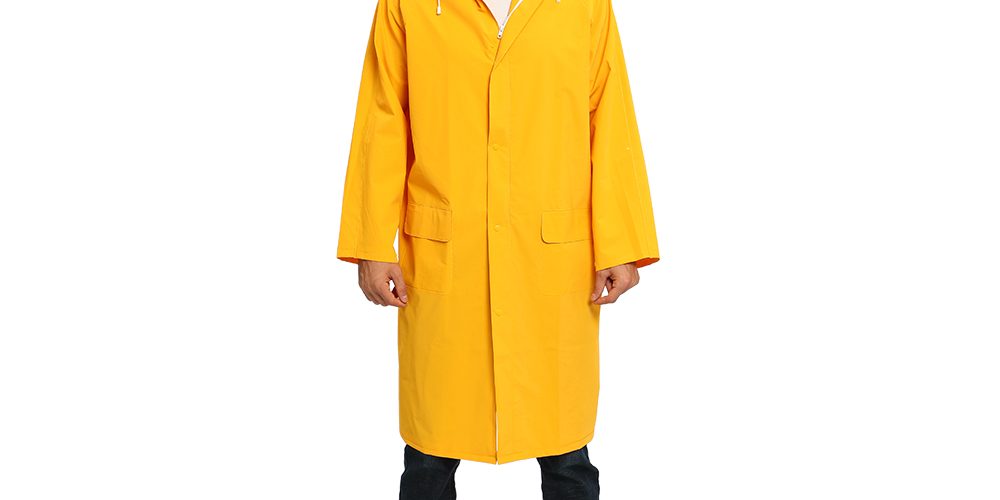Adult raincoats have come a long way in terms of design and technology. In this article, we’ll delve into the science behind these essential rainwear items, explaining the innovative materials and features that make them highly effective at keeping you dry.
Water-Repellent Fabrics
Modern raincoats often utilize water-repellent fabrics that prevent water from permeating the surface. These fabrics are engineered to have microscopic pores that are smaller than water droplets but larger than water vapor, allowing for breathability.
Waterproof Membranes
Many raincoats feature waterproof membranes like Gore-Tex, which consist of expanded polytetrafluoroethylene (ePTFE). These membranes are microporous and hydrophobic, effectively repelling liquid water while allowing water vapor (sweat) to escape.
Sealed Seams
Seams are potential weak points where water can seep through. High-quality raincoats have sealed seams, which are either taped or sealed with a waterproof adhesive, ensuring that no water penetrates the stitching.
DWR Coatings
Durable Water Repellent (DWR) coatings are applied to the outer layer of raincoats to enhance water resistance. These coatings cause water to bead up and roll off the surface, keeping the fabric dry and preventing saturation.
Breathable Lining
Breathable linings, often made of moisture-wicking materials, are used in raincoats to enhance comfort. They help transport moisture away from your body, preventing that clammy feeling often associated with non-breathable rainwear.
Adjustable Features
Modern raincoats come with adjustable features such as hoods, cuffs, and waistbands. These features allow you to customize the fit and coverage, enhancing your overall protection from the rain.
Conclusion
The science behind adult raincoats involves a combination of water-repellent fabrics, waterproof membranes, sealed seams, DWR coatings, breathable linings, and adjustable features. These elements work together to keep you dry and comfortable even in wet conditions.
















